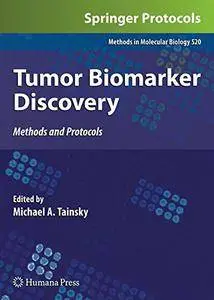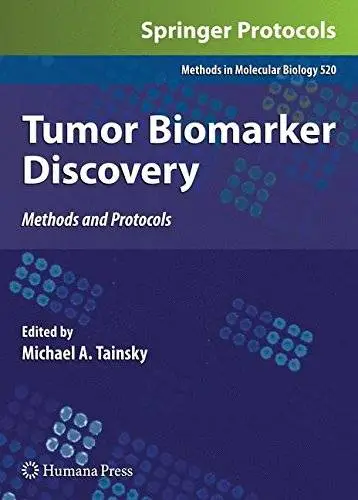Tumor Biomarker Discovery: Methods and Protocols by Michael A. Tainsky
English | 24 Apr. 2009 | ISBN: 1603278109 | 332 Pages | PDF | 5 MB
English | 24 Apr. 2009 | ISBN: 1603278109 | 332 Pages | PDF | 5 MB
Biomarkers are molecular indicators of a biological status and, as biochemical species, can be interrogated to evaluate disease status and therapeutic interventions. Biomarkers may be detectable in the blood, other body fluids, or tissues. The expectation is that the level of an informative biomarker is related to the specific type of disease present in the body. Hence, disease-relevant biomarkers can be used to measure the presence, progress, or intensity of disease. Through a variety of mechanisms, cancer cells provide the biomarker material for their own detection. Tumor biomarkers include cancer-specific mutations or changes in gene expression, both of which can result in aberrant protein expression. These variant or abundant proteins can be detectable in the circulation as the free proteins or as novel autoantibodies to those proteins, the latter indicating that the immune system can provide an exquisitely sensitive sensor of disease. Because cancer cells shed DNA in the circu- tion, an event rarely seen in healthy individuals, tumor-specific genetic changes, such as promoter methylation or gene mutations, are detectable in DNA prepared from plasma or other body fluids. Cancer-related biochemical changes often effect measurable me- bolic variations within a cell or organism. In addition, these biochemical changes result in posttranslational modification of proteins via glycosylation or phosphorylation providing a plethora of opportunity for biomarker discovery.



